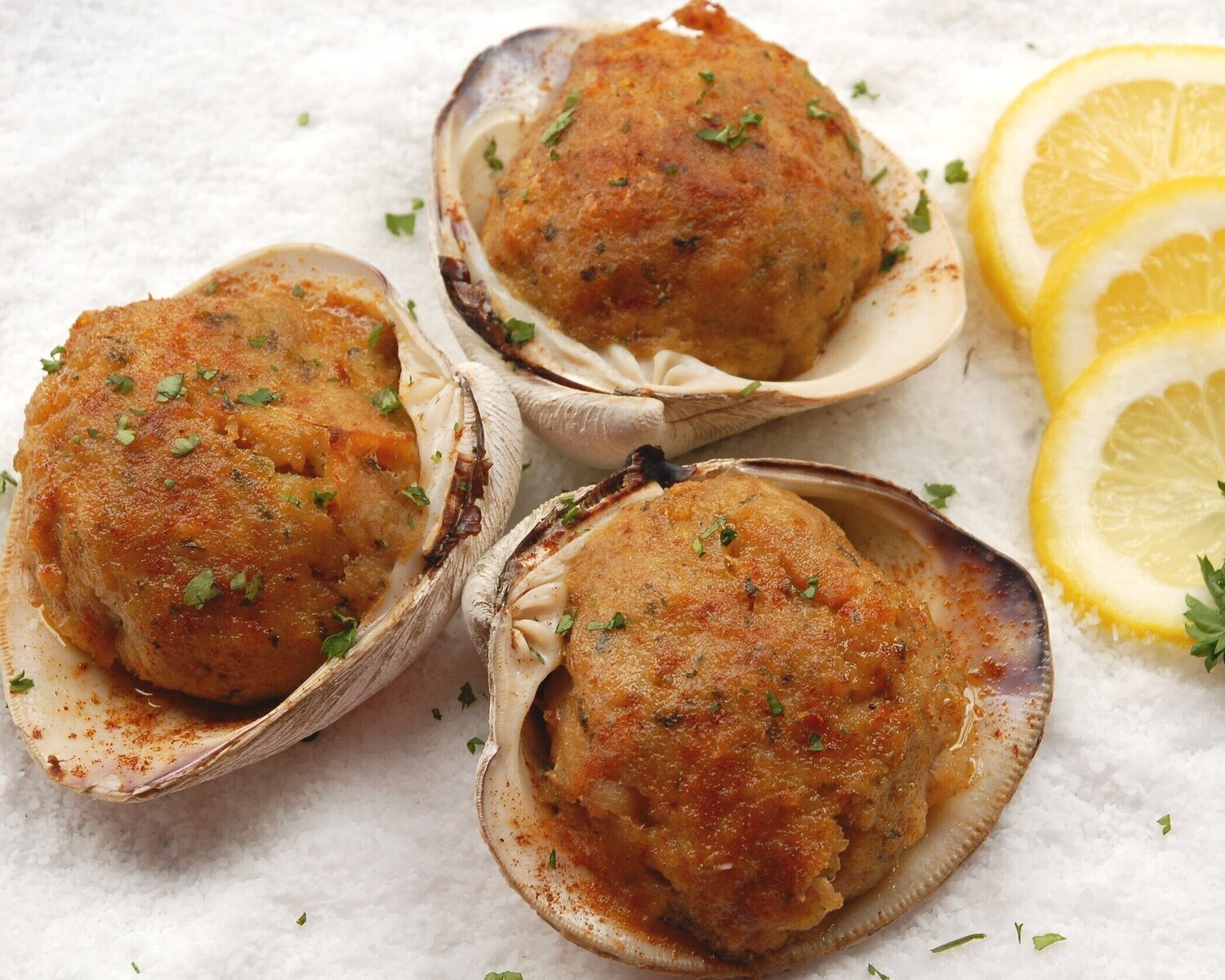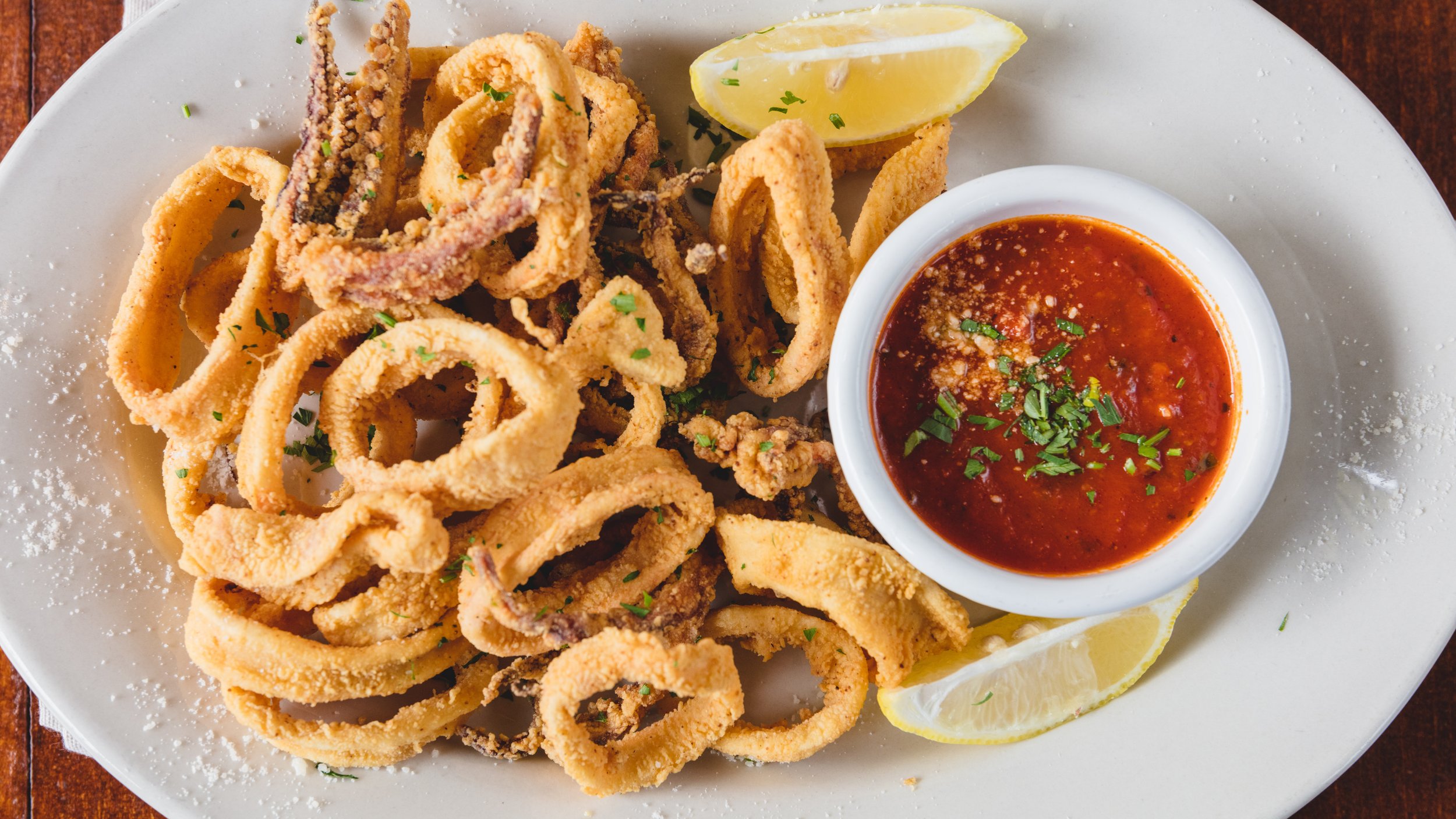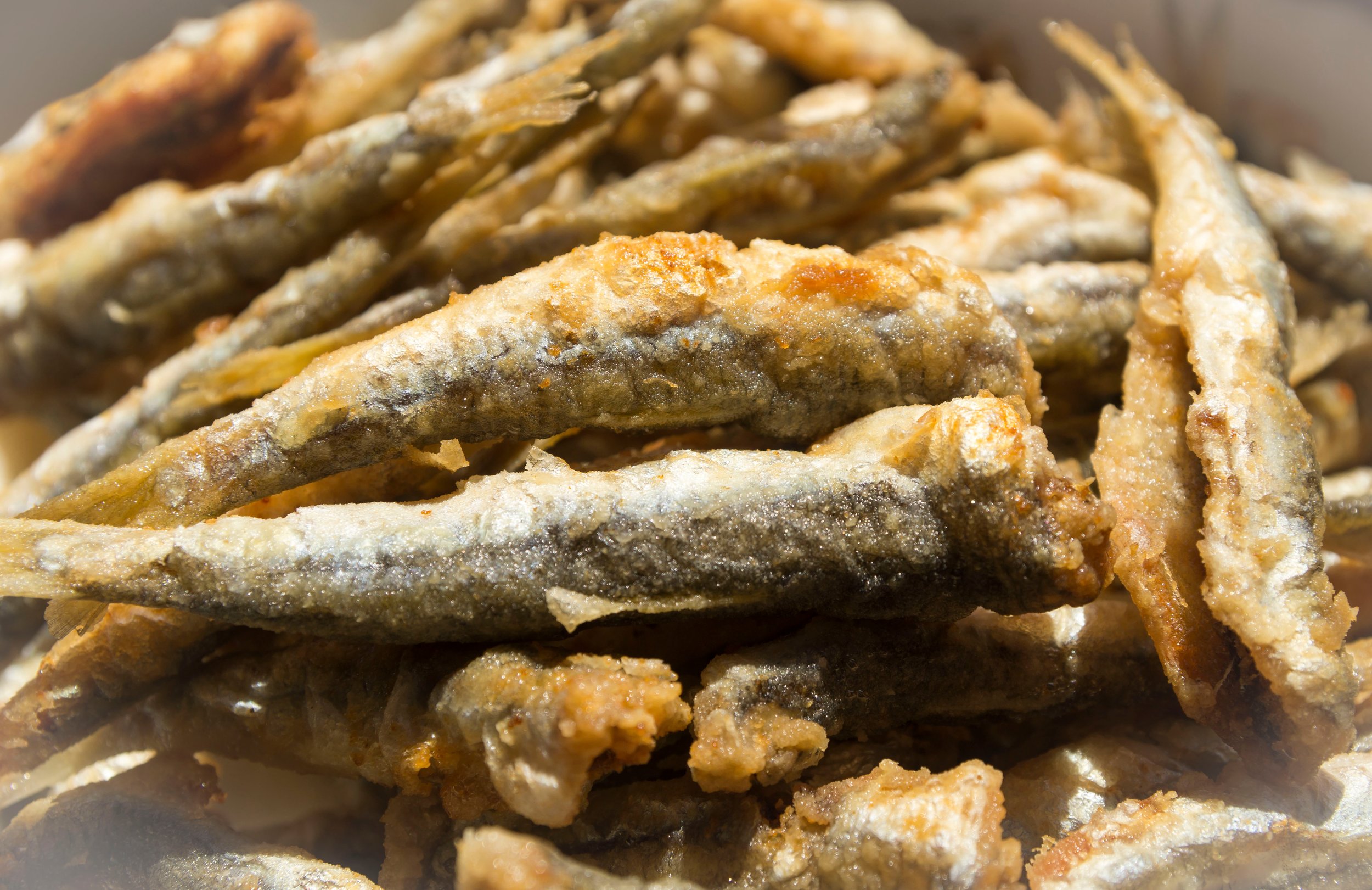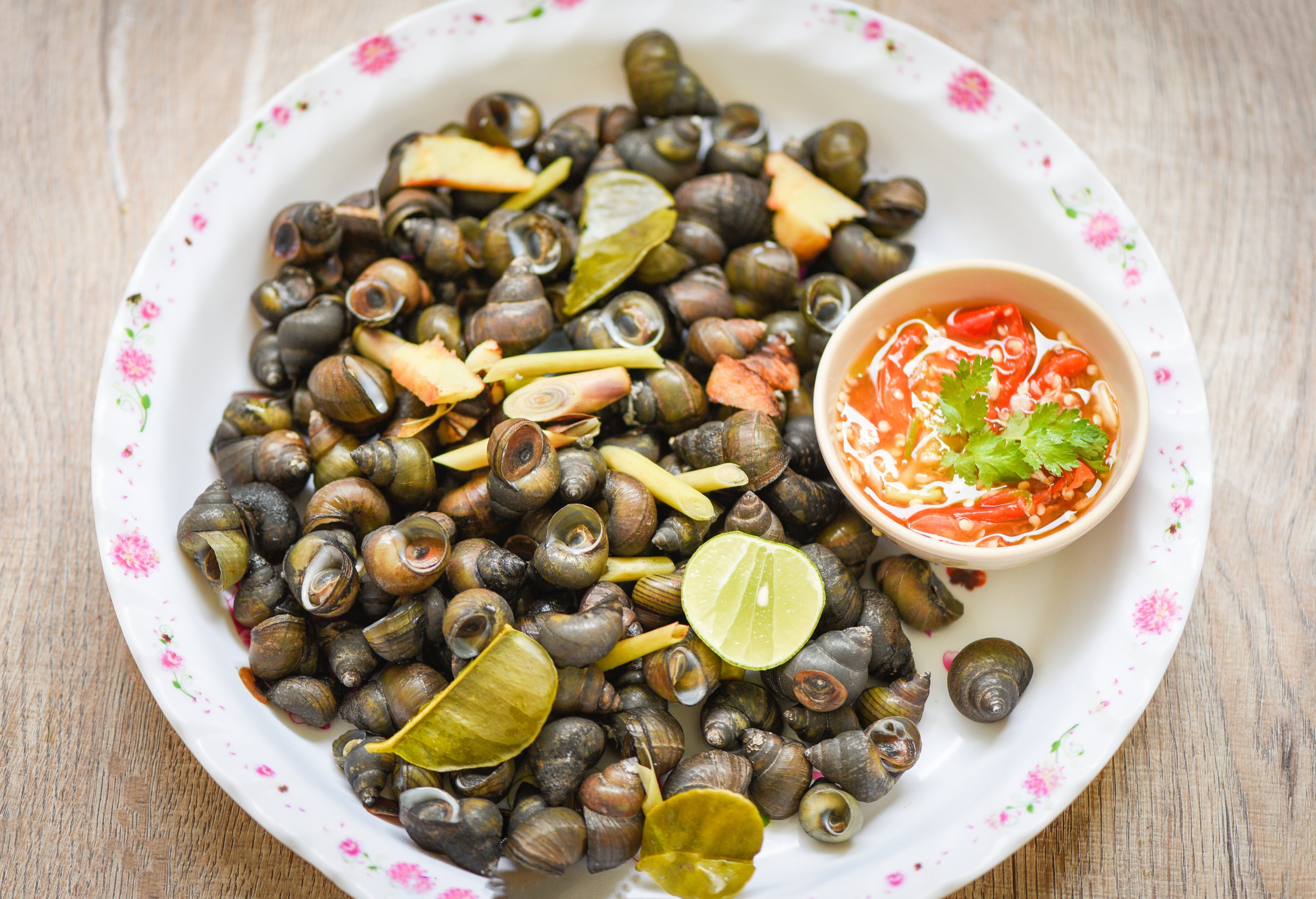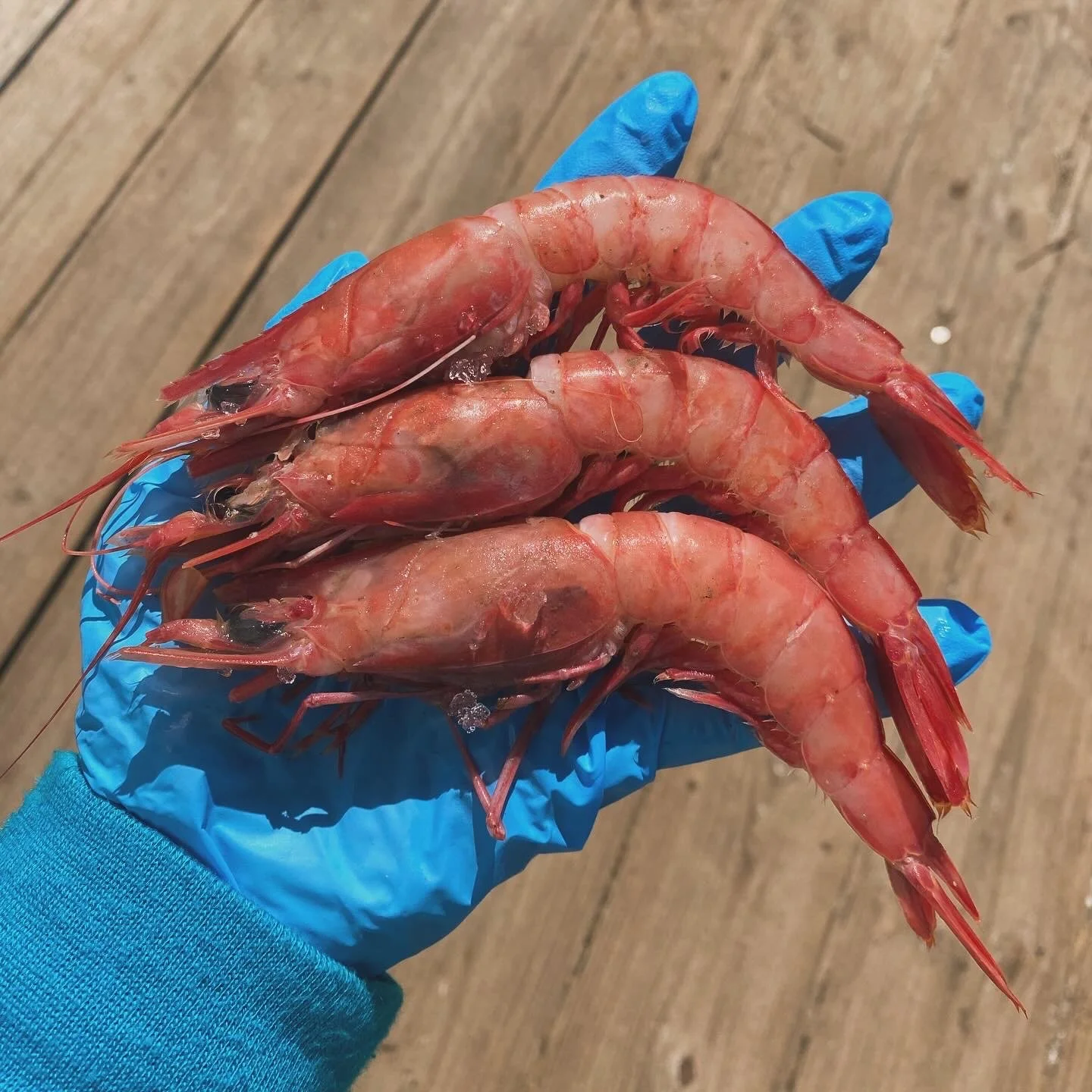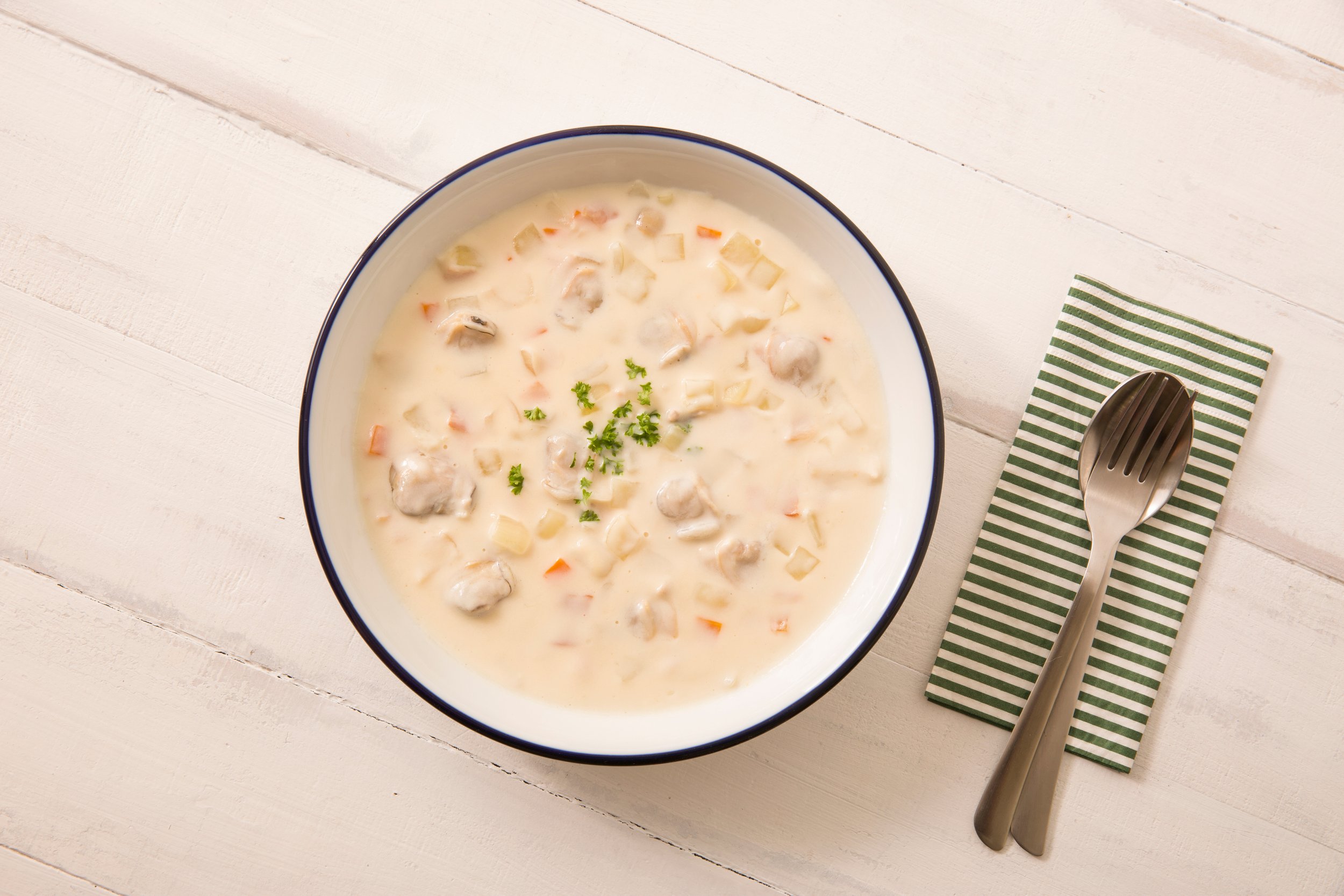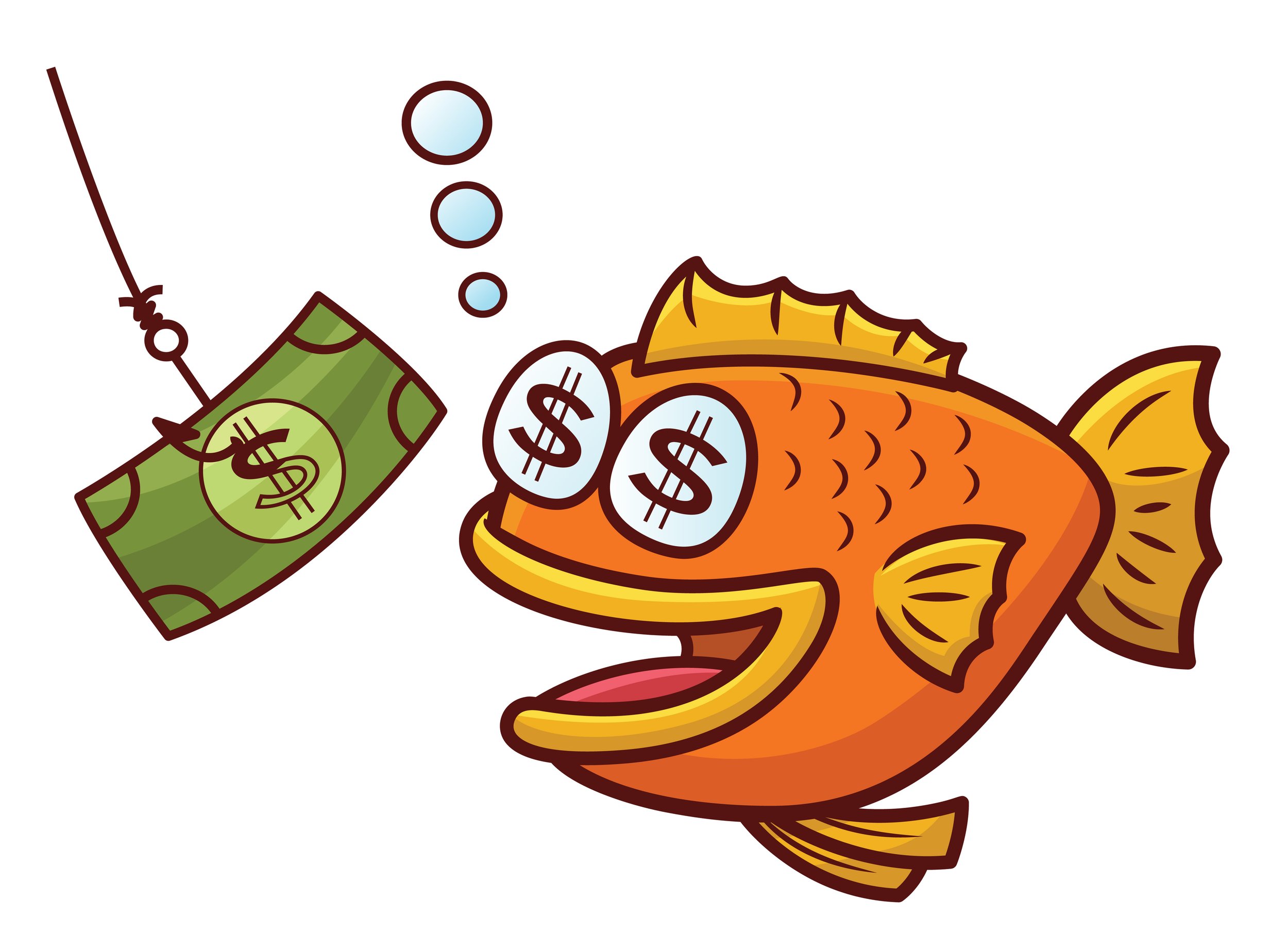Meet Giuseppi (Joe) Cromosini, a Gloucester local with Sicilian roots that migrated to the USA in 1974. As the supervisor of Intershell's Lobster Packing department for the past 20 years, Joe brings a wealth of seafood knowledge to the table. Every year, Joe and his family gather to celebrate the Feast of the Seven Fishes, a tradition that connects them to their Sicilian heritage. As he prepares these dishes mentioned below, he shares stories of his family's journey and the importance of preserving their cultural traditions. In this post, we'll highlight some of these special dishes, directly from Joe's family recipe book.
The History of the Feast of the seven Fishes
The Feast of the Seven Fishes, a cherished Italian-American tradition, is a culinary celebration held on Christmas Eve. Rooted in ancient Catholic customs of fasting before holy days, this grand meal features a variety of seafood dishes.
Originating in Sicily, where fish is abundant, the feast gained popularity in the United States during the late 19th and early 20th centuries with Italian immigration. Gloucester, Massachusetts, home to a significant Sicilian population, embraces this tradition wholeheartedly, making it a beloved part of the local Christmas festivities.
The Feast of the Seven Fishes embodies the enriching power of immigrant traditions on American culture. For Italian-American families, it serves as a vital connection to their heritage. In an era where many cultural traditions are waning, this celebration has not only endured but flourished.
While every household has its unique spin on the menu, Sicilian families in Gloucester have been carrying on the tradition for generations. The "seven" isn't always strictly followed; some families may serve more or fewer dishes and use other types of their favorite seafood beyond this list. The essence lies in creating a festive and delectable meal to commemorate the holiday season.
creating the menu
When planning your seven fish dishes, the idea is to serve a variety in both preparation methods and types of seafood.
One cold appetizer (like a cold seafood salad, shrimp cocktail)
One hot appetizer (stuffed clams, fried calamari, or fried smelts)
Two pasta dishes (shrimp scampi and lobster fra diavolo)
Two main courses (babaloosh, octopus, and grilled shrimp)
One fish-based soup or stew (like cioppino, bacalla or fish chowder)
Let’s Feast!
Stuffed Clams / Stuffed Quahogs
Served as: Hot Appetizer
Stuffed clams, or quahogs as they're known locally, are a beloved holiday dish in Gloucester, Massachusetts. While pre-made stuffed clams offer a convenient option, many families prefer to prepare them from scratch, a labor-intensive process that results in a truly authentic experience.
The traditional method involves shucking fresh clams, mincing the clam meat, and creating a flavorful stuffing. This stuffing is then spooned into the cleaned clam shells and baked until golden brown and bubbly.
Whether you opt for the convenience of pre-made clams or the rewarding challenge of making them from scratch, stuffed clams are a delicious addition to the Feast of the Seven Fishes.
Click here to buy Intershell’s Stuffed Clams
Click here to buy 25pc Hard shell Clams
Shrimp
Served as: Cold Appetizer or Main Course
Shrimp, a versatile and delicious seafood, is a staple of the Feast of the Seven Fishes. It can be enjoyed in various preparations, from chilled appetizers like shrimp cocktail to warm pasta dishes like shrimp scampi.
One of the most popular shrimp dishes is jumbo stuffed shrimp. Large, succulent shrimp are butterflied, stuffed with a flavorful filling, and then baked or broiled until golden brown. The filling can vary, but often includes a mixture of breadcrumbs, herbs, and cheese.
Whether you prefer shrimp in a simple or elaborate dish, it's sure to be a crowd-pleaser at your Feast of the Seven Fishes.
Octopus - Insalata Di Polpo
Served as: Main Course
This recipe is provided by Joseph Cromosini and has been serving his family for generations. The octopus recipe and preparation is very simple, using minimal but fresh ingredients. This recipe dates back all the way to the 1960s and is a recipe he used to eat when he was little.
Fried Calamari - Galamad
Served as: Hot Appetizer or Main Course
Fried calamari, or "galamad" as it's affectionately called in some families, is a quintessential dish for the Feast of the Seven Fishes. This beloved appetizer features tender squid rings and tentacles, expertly coated in a light batter and fried to crispy perfection.
Sicilian families often serve fried calamari with a side of marinara sauce for dipping, allowing diners to customize the flavor experience. However, calamari can also be enjoyed in a chilled seafood salad, offering a refreshing contrast to the rich flavors of the feast.
Whether enjoyed hot and crispy or cool and refreshing, fried calamari is a versatile and delicious addition to any holiday table.
Salted Cod - Baccalà
Served as: Hot Appetizer or Fish Soup
Baccalà, a salted cod, is a revered holiday dish in many Italian-American traditions. While you can purchase pre-salted cod, many prefer to salt their own raw cod fillets.
Salted cod's enduring popularity in Sicilian cuisine is rooted in its historical significance. In the 1900s, when fresh cod wasn't as accessible, salted cod became a valuable food source. Today, while fresh cod is readily available, many Sicilians still cherish the traditional recipes that feature salted cod, as they connect to their cultural heritage and culinary traditions.
Whether the cod is enjoyed on its own pan fried or as part of a hearty soup, baccalà is a timeless dish that continues to be cherished by generations of Italian-American families.
Click here to purchase Salted Cod (Baccalà).
Click here to purchase Fresh Cod Fillets.
Fried Smelts
Served as: Hot Appetizer
Just like the calamari, fried smelts are also a key staple to the dinner festivities - and they are seasonal as well, which makes them extra special to enjoy. Larger smelts can be butterflied, with the flesh pulling easily off those tiny fish bones. But the real joy is with the tiny smelts that can be eaten whole—bones and all. These crispy little morsels burst with the flavors of the sea and are only fried for 30 seconds and then served. In a way, they are like little fish-flavored French fries—perfectly salty, pleasantly oily, and deeply oceanic. Sardines can also be substituted, if you so choose.
Periwinkle - Babbalucci
Served as: Main Course
Winkles are typically served hot and served with any sauce of your choice.
Conch - Scungilli
Served as: Cold Appetizer
Scungilli can be applied in multiple ways during your Feast of the Seven Fishes. The two most popular ways are in a chilled seafood salad (on it’s own, or with calamari, octopus, shrimp, and more) or as an ingredient in a bubbling cauldron of seafood sauce, which can be lovingly ladled over spaghetti or linguine. Just have plenty of crusty Italian bread on hand to mop up that wonderful sauce.
Guiseppe prepares the conch very simple:
Take the cook conch meat, chop it up into small bite-size pieces, and toss in oil, red vinegar, salt and pepper. Let it marinate for overnight for the best results.
Lobster Fra Diavolo
Served as: Main Course
The pièce de résistance of the Feast of the Seven Fishes is undoubtedly Lobster Fra Diavolo, a dish that lives up to its fiery name. For this dish, smaller lobsters are ideal, allowing for a more tender and succulent experience.
Here is how Joe Cromosini prepares his recipe:
Start by creating a vibrant tomato sauce. Sauté fresh garlic and red pepper flakes in olive oil, then add crushed tomatoes and simmer until the sauce thickens. While the sauce simmers, butterfly the lobsters, removing the meat from the shells and reserving them.
Place the lobster shells in a baking dish, top with the flavorful tomato sauce, and bake until the shells are crispy and the sauce is bubbly. Meanwhile, cook linguine pasta al dente.
To assemble the dish, place a generous portion of linguine on each plate. Top with the baked lobster shells, spooning the rich tomato sauce over the pasta and lobster. Finally, add the reserved lobster meat to the dish, ensuring each bite is a symphony of flavors and textures.
This Lobster Fra Diavolo is a true feast for the senses, a fitting finale to a traditional Italian-American Christmas Eve celebration.
Click here to purchase Live Lobsters - 2 Pc quantity.
Click here to purchase 12pc quantity of Live Lobsters - Save 20%.


